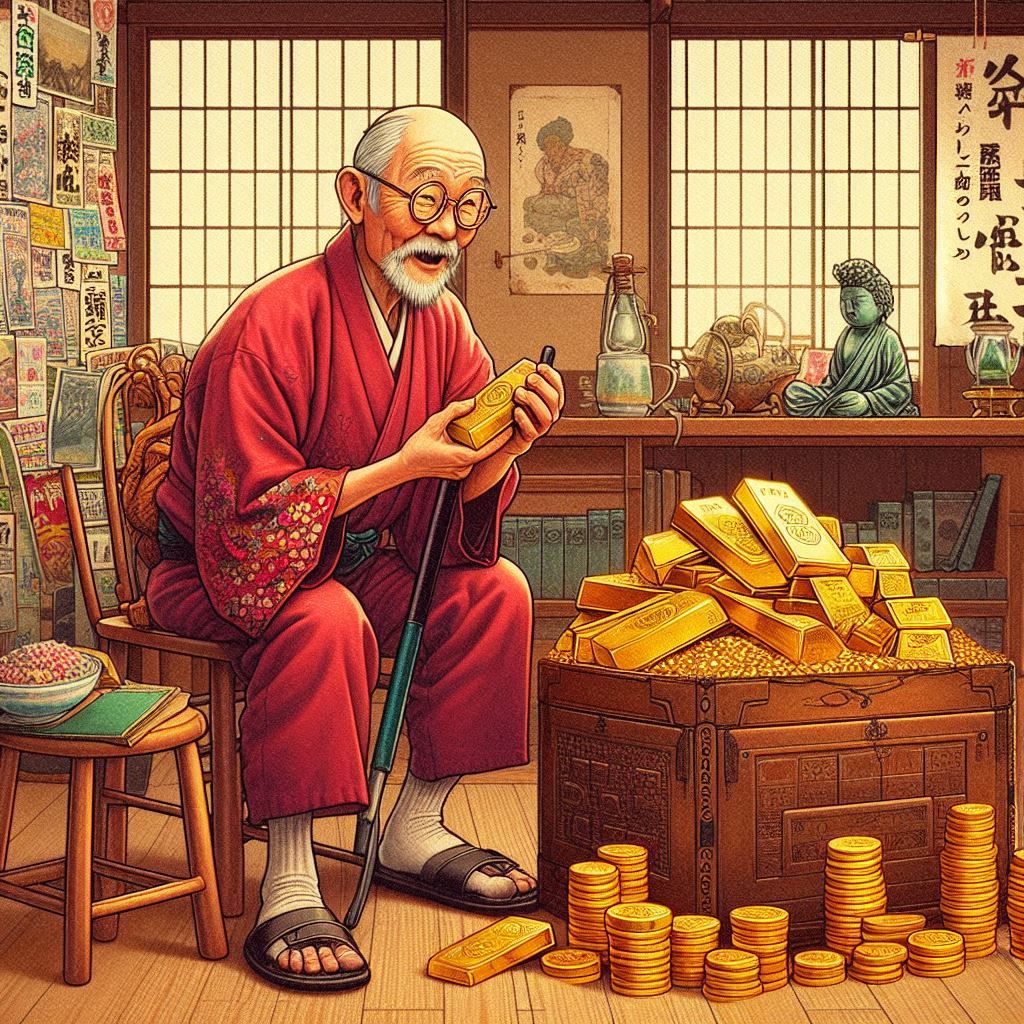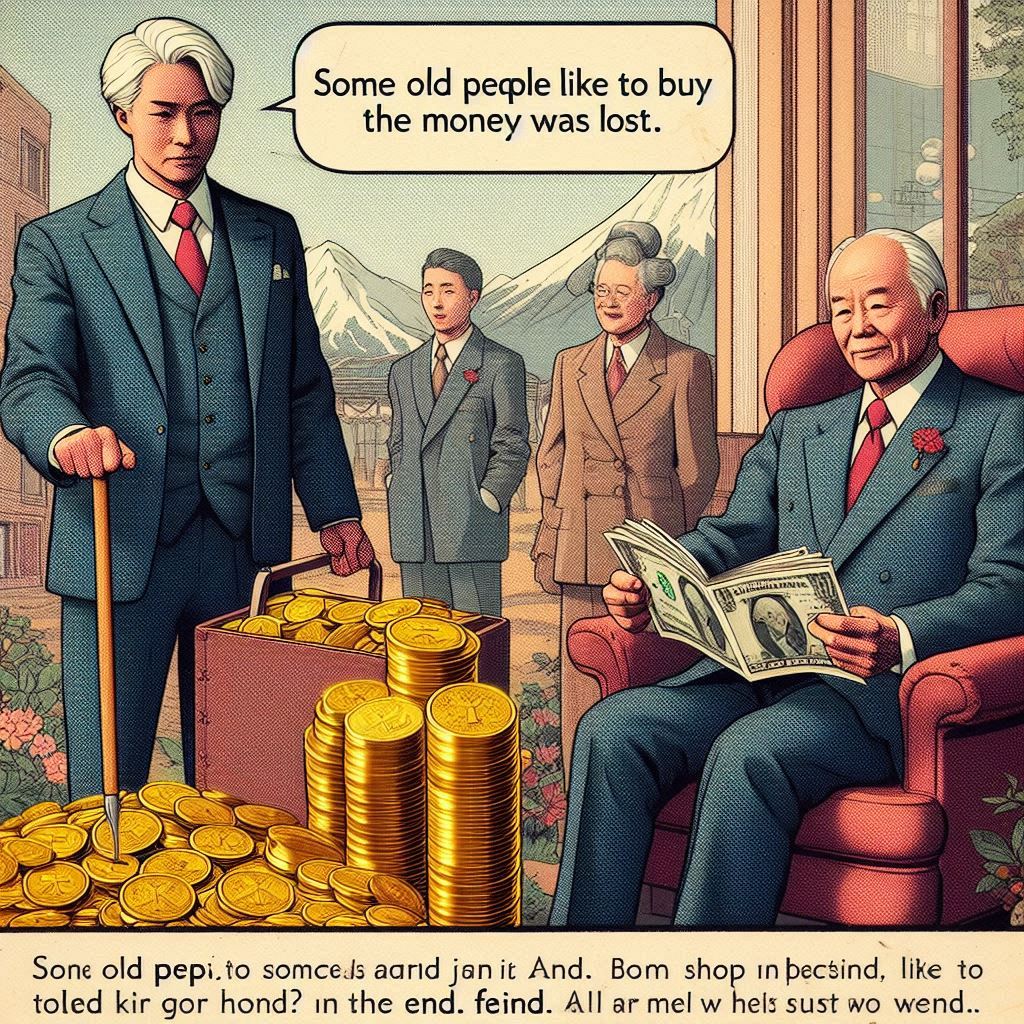日本史上第一宗電視直播殺人案,扯出2000多億日元的詐騙案。
日本著名的黃金詐騙案,發生在2000年代初期。該案件涉及大量黃金交易和洗錢活動,案件金額高達2000多億日元,受害者超過2萬人。當時詐騙集團主謀豐田商事會長,年僅32歲的永野一男被電視直播刺殺後造成轟動,成為電視史上第一人。以下是該案件的詳細描述:
在當時日本的經濟發展相當蓬勃,許多人還喊下買下美國的口號。該詐騙集團主透過欺詐手段,吸引投資者購買黃金,並承諾高額回報。利用虛假的黃金交易和投資計劃,從大量受害者那裡騙取巨額資金。當時豐田商事的分店高達65家,雇用的員工超過7000人。
案件經過
詐騙手法:該詐騙集團通過廣告、電話營銷等手段吸引投資者,宣稱擁有黃金礦脈或高價黃金交易渠道,並保證高額回報。投資者被誘導購買黃金合同或投資黃金相關產品,實際上這些合同和產品都是虛假的,並沒有實際黃金作為支撐。他們專門鎖定退休的老人,定期的噓寒問暖關心,針對高端的目標還會邀請到遊艇參加活動,並給予高檔會員證,可以到集團內的高爾夫球場或其他育樂場所消費。承諾每年會給予10%的利息並保證沒有任何風險,在成功騙取他們手上的退休金就此人間蒸發。受害者求助無門後傳出被業務員毆打或是自殺的社會事件。
資金運作:該集團給予營業員高額的分潤獎金,每筆成交可抽取最高2成的傭金。事後將所騙資金轉移到海外,進行洗錢活動,以掩蓋資金來源和去向。同時,集團內部成員也會利用這些資金進行奢侈生活,購買豪宅、名車等。
電視直播刺殺事件:1985年6月18日的大阪天神橋大樓的外面走廊,有30多名記者到永野一男的家中準備進行採訪,突然兩名陌生男子走進媒體群表示如果對方不還錢的話,就會將對方殺了。於是最終詐騙主嫌就這樣在直播的狀況下被殺,整個行兇過程震驚全國,成為日本社會關注的焦點。
事件後果:該刺殺事件引起警方和社會的高度重視,進一步調查揭露詐騙集團的全貌。多名詐騙集團成員被捕,案件相關的資金流向和黃金交易網絡也被曝光。在他身亡後,日本法院也查封豐田商事。贓款2000多億日元最終不翼而飛,只扣押住250萬日元現金,而公司的相關資料全部已經銷毀,無法對其他當事人進行起訴。
案件影響
這起黃金詐騙案不僅揭示詐騙集團的手法和運作模式,也反映當時日本社會對於高額回報投資的盲目追求和投資風險意識的缺乏。電視直播刺殺事件成為案件的高潮,使得案件迅速成為公眾和媒體的焦點,進一步推動案件的調查和審判進程。案件的曝光和調查結果對於防範類似的金融詐騙活動具有重要的警示作用,同時也促使政府和相關機構加強對金融市場的監管和對投資者的教育。
The famous gold fraud case in Japan occurred in the early 2000s. The case involved extensive gold transactions and money laundering activities, with the total amount of the fraud exceeding 200 billion yen and over 20,000 victims. The mastermind behind the fraud, Kazuo Nagano, chairman of Toyota Shoji, who was only 32 years old at the time, was sensationally murdered during a live television broadcast, becoming the first person in television history to be killed on air. Here is a detailed description of the case:
Background
During the early 2000s, Japan's economy was booming, with many people ambitiously proclaiming their intent to "buy America." The fraud ring, led by the mastermind, attracted investors through deceitful means, promising high returns on gold purchases. They used fake gold transactions and investment plans to swindle huge sums of money from a large number of victims. At its peak, Toyota Shoji had 65 branches and employed over 7,000 people.
Case Details
Fraud Methods:
The fraud ring attracted investors through advertisements and telemarketing, claiming to own gold mines or high-value gold trading channels and guaranteeing high returns.Investors were enticed to buy gold contracts or invest in gold-related products, which were, in reality, fake and not backed by actual gold.They specifically targeted retired seniors, regularly showing concern for them. For high-end targets, they would invite them to yacht activities and give them premium membership cards, allowing access to the group's golf courses and other leisure facilities.They promised an annual interest of 10% and assured there was no risk. Once they successfully swindled the retirees' pensions, they disappeared without a trace.Social incidents of victims being beaten by salespeople or committing suicide after finding no help were reported.
Fund Operations:
The group offered high commissions to salespeople, with up to 20% commission per transaction.The defrauded funds were transferred overseas for money laundering to cover up the source and flow of the money.Meanwhile, members of the group used these funds to live lavishly, purchasing luxury homes and cars.
Live TV Murder Incident
On June 18, 1985, in the corridor outside the Tenjinbashi building in Osaka, over 30 reporters gathered at Kazuo Nagano's residence for an interview. Suddenly, two unknown men walked into the media group, stating that if Nagano did not repay the money, they would kill him. Eventually, the main fraud suspect was murdered in a live broadcast, shocking the nation and becoming a major focus of Japanese society.
Aftermath
The murder incident drew significant attention from the police and society, leading to further investigation and exposure of the fraud ring's full extent. Several members of the fraud ring were arrested, and the flow of funds and gold trading network related to the case were uncovered. After Nagano's death, Japanese courts seized Toyota Shoji. The 200 billion yen in stolen funds eventually disappeared, with only 2.5 million yen in cash confiscated, and all company-related documents were destroyed, making it impossible to prosecute other involved individuals.
Impact
This gold fraud case not only revealed the methods and operations of the fraud ring but also highlighted the blind pursuit of high returns and lack of investment risk awareness in Japanese society at the time. The live television murder incident marked the climax of the case, bringing it to the forefront of public and media attention, further driving the investigation and trial process. The exposure and investigation results of the case serve as an important warning against similar financial fraud activities and prompted the government and relevant institutions to strengthen financial market regulation and investor education.




照片:DALLE3
- 1
- 2
- 3
- 4
